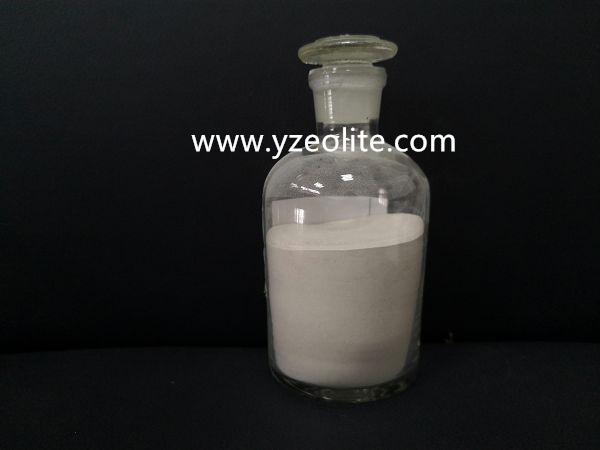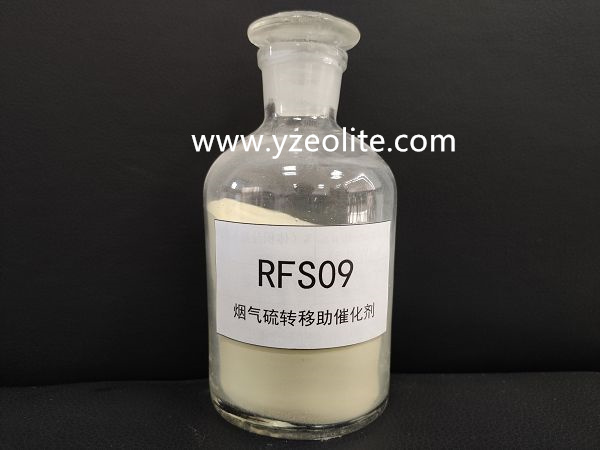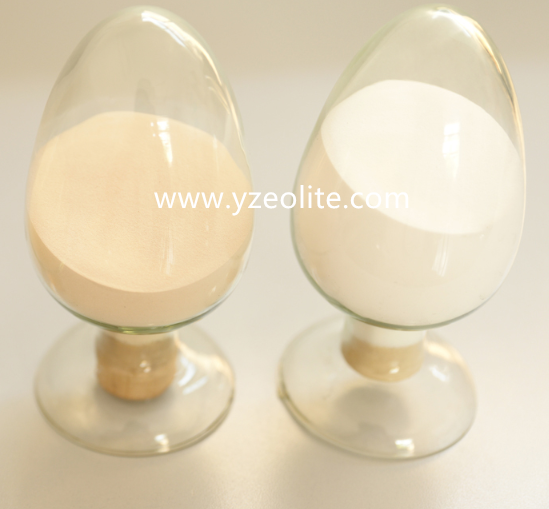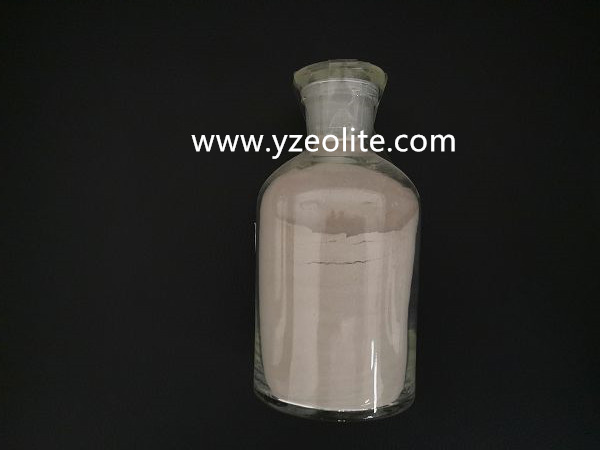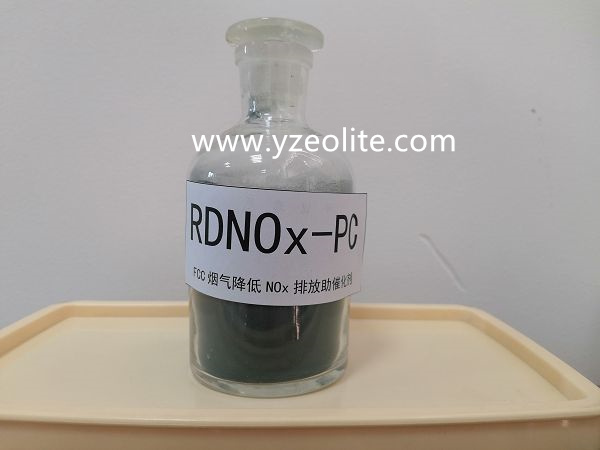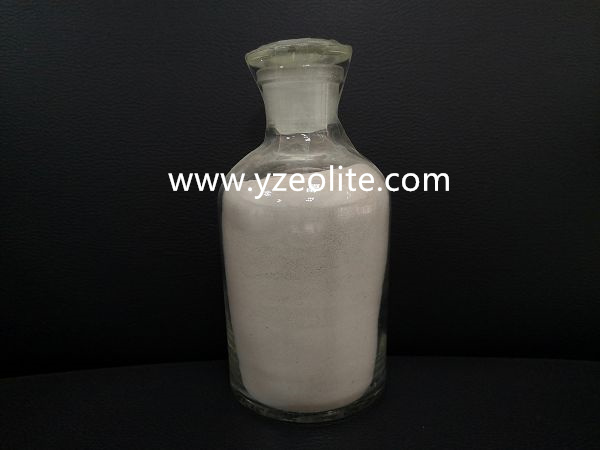Project Description
FLOS Additive FCC additive FCC catalyst
Applicable Scope
FLOS is a promoter for selectively enhancing FCC propylene & isobutene yields.
Characteristics
Both propylene and isobutene from FCCU are important raw materials for chemical industry. FLOS provides a flexible solution for light olefins boosting which could be tailored in formulations according to refinery situation. FLOS-I is specially designed mainly for enhancing propylene yield while FLOS-II mainly for isobutene yield. FLOS-III is an additive for enhancing propylene and isobutene yields.
Design Philosophy
Based on the studies of hydrocarbon reaction chemistry and catalytic material chemistry, a new concept is proposed for promoting propylene & isobutene productions: the precursor for C3 and C4 olefins are essentially C6-C8 carbenium ions. Zeolites with distinct topologies can give different product selectivity. Furthermore, the acid properties of catalytic materials were modified to improve the mono-molecular cracking of C6-C8 secondary and tertiary carbenium carbonium ions and depress the hydrogen transfer reaction. Meanwhile, isomerization of n-butene is promoted by incorporating a novel matrix material.
Property
The main specifications of FLOS additive are shown in Table 1.
Table 1 Main Specifications of FLOS
| Chemical components, m% | |
| Al2O3 | ≥25.0 |
| Na2O | ≤0.30 |
| Physical property | |
| LOI, m% | ≤13.0 |
| Attrition Index, %/h | ≤3.0 |
| Bulk Density, g/ml | 0.65-0.85 |
| Surface Area, m2/g | ≥150 |
| Pore Volume, ml/g | ≥0.22 |
| Particle Distribution, m% | |
| 0-40 μm | ≤20 |
| 0-149 μm | ≥90 |
| MAT | |
| 800℃ /4h, m% | ≥45 |
Commercial Reference
The industrial application was conducted on MIP-CGP unit of SINOPEC Baling Petrochemical. The promoter addition started from August 2012. Performance test conducted in December 2012. Fresh promoter make up carried out on a day-to-day base. FLOS-III content in inventory reached a level of 6% in December 2012. The results are listed in Table2.
FLOS promoter exhibits excellent performance not only in enhancing propylene & isobutene yields but also in improving propylene & isobutene selectivity. According to the results of commercial application, LPG yield increased by 2.68%, in which 1.01% for propylene and 0.54% for isobutene respectively. Meanwhile the gasoline olefin content is reduced whereas RON & MON increased slightly. LCO yield decreased while the total liquid yield maintain unchanged. FLOS shows no negative influence on fluidization status in long term operation.
Table 2 Industrial Application Results of FLOS
| Catalyst | Base | Base + FLOS |
| Throughput, t/d | 2472 | 2448 |
| Main operation conditions | ||
| Reaction temp., ℃ | 527 | 519 |
| Regeneration temp., ℃ | 700 | 692 |
| Feed Properties | ||
| Density (20 ℃ ), g/cm3 | 0.8787 | 0.8667 |
| Carbon residue, m% | 4.02 | 4.12 |
| C, m% | 86.07 | 85.56 |
| H, m% | 12.86 | 13.10 |
| S, m% | 0.14 | 0.12 |
| Basic N, mg/kg | 593 | 573 |
| Fe, mg/kg | 1.6 | 2.6 |
| Ni, mg/kg | 6.0 | 5.1 |
| V, mg/kg | 0.30 | 0.61 |
| Na, mg/kg | 1.8 | 4.8 |
| Products distribution, wt% | ||
| H2S | 0.06 | 0.05 |
| Dry gas | 2.96 | 3.10 |
| LPG | 27.79 | 30.47 |
| Gasoline | 43.23 | 42.81 |
| LCO | 12.80 | 10.71 |
| Slurry | 2.82 | 2.78 |
| Coke | 9.88 | 9.63 |
| Loss | 0.46 | 0.45 |
| Total | 100.00 | 100.00 |
| Conversion, % | 84.38 | 86.51 |
| Gasoline + LCO, wt% | 56.03 | 53.32 |
| Total liquid yield, wt% | 83.82 | 83.99 |
| Propylene yield, wt% | 9.10 | 10.11 |
| Isobutene yield, wt% | 3.43 | 3.97 |
| Gasoline properties | ||
| RON | 94.2 | 94.6 |
| MON | 82.5 | 82.8 |
| Olefin content, m% | 35.6 | 31.1 |
Commercial Application
Since August of 2012, FLOS-III has been used in SINOPEC Baling Petrochemical.
Products/Grades
FLOS-I, FLOS-II and FLOS-III
Email: y@yzeolite.com
